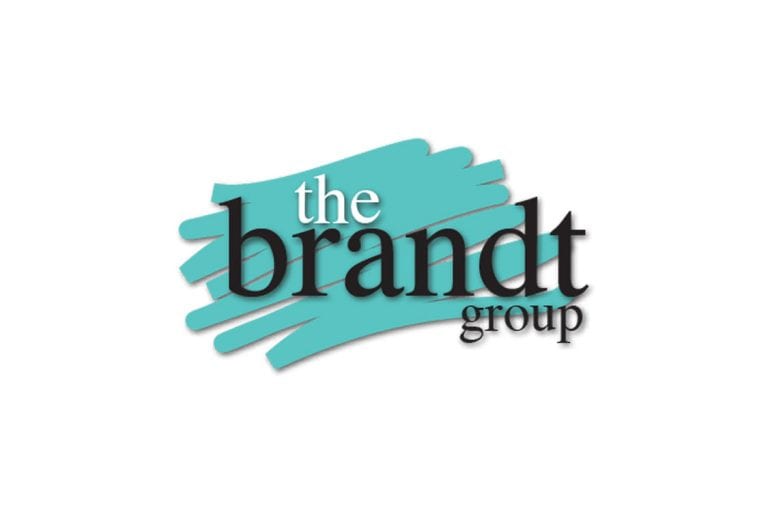In my last blog post, Employee Happiness Pays. I discussed the importance of bringing EMPLOYEE HAPPINESS. It is the first of eight solutions for a successful Strategic Staffing Plan.
The second solution is Knowing the Numbers. This can be the difference between a successful business operation and an unsuccessful one. Almost all businesses produce a profit and loss statement monthly. They accurately tell the businesses income and expenses to the penny. Surprisingly, most businesses cannot produce numbers for their turnover rate, recruitment, retention, and replacement cost. You improve anything if you don’t measure it.
Your managers and employees love keeping score. It started with the games they played growing up. Games like basketball, football, soccer, bowling, and video games. They were raised on “keeping score”. Imagine getting a child to play any type of game without keeping score. Soon they would loose interest and quit playing. So if you want to improve anything in your business, start keeping score by measuring it daily.
It has been estimated that, on average, it costs a business one-third of a new hire’s annual salary to replace an employee. At minimum wage (and who pays that), the cost to replace an employee is estimated at $4,900.
The three basic ingredients for hiring are recruiting right, hiring right, and training right. There are huge hidden costs associated in conducting these activities that never show up on your monthly P & L. Take the time to develop a budget that includes all four areas that effect employee recruiting, hiring and training, motivation, and retention.
So, let’s start with your recruiting cost. Attracting new employees is one area most businesses are finding difficult. There are enormous “HIDDEN COST” in recruiting the right employees. Consider the cost for ads, uniforms, signing bonuses, incentives plus management’s time to conduct these activities. It all takes income right off your bottom line.
The second hidden cost comes from hiring and training. There is time spent on: interviewing, orientation, training, and everything else it takes to get a new employee up to speed.
The third hidden cost is your motivational cost. This comes in the form of non-cash incentives. Everything from donuts to lunches, pizza, movie passes, trips, even days off-with-pay. These are the little “perks” that make working for your company … fun. These little “extras” need to be in your budget to keep your employees happy.
The forth hidden cost is employee retention. These are the financial rewards for keeping your excellent employees. They are the perks and special rewards that are monitory rewards. They may be in the form of cash bonuses. Many Ski Resorts and Dude Ranches offer “end of the season” cash rewards for employees who stay until the resort or ranch closes for the season. These rewards many be substantial and need to be budgeted as a cost of doing business.
When you have separate budgets set up in each of these areas, you and your management team will be able to “keep score” and review their success. But there more numbers you MUST know in order to win. Tracking your turnover rate, training progress, and understanding just why employees are leaving your business are also very important to your bottom-line success.
What is your employee turnover rate? It is calculated simply by dividing the number of annual terminations by the average number of employees in the business. According to the U.S. Department of Labor, the U.S. voluntary turnover rate is 23.4%, up from 22.7%. The “employee health” of your business is indicated in your turnover rate. If it is high it could be because of new competition, changes in work place demographics, or a staff member that is creating havoc in the workplace. Another factor may be a problem from an individual manager.
Next you need to track the employee-training process. Employees value training and want to know when and how it will take place. A poorly trained employee will not last long because the employee is not equipped to handle the day-to-day demands of the job. When your employees don’t know how to do their job properly, they loose confidence. Structured training that is well designed to inspire and that is fun is the key to successful long-term integration of your new employees. As an employee is trained in each new task you are helping to increase their confidence. Training is a right that each of your employees deserves to receive.
Why are your employees leaving in the first place? Have you asked them as they exit your business? Do you have a system for conducting exit interviews as the employees’ head out the back door? This is an area that you must track to keep employee costs down. I find that exiting employees are very willing to discuss what they didn’t like and why they are leaving. But most are not asked.
If you want to be an “employer of choice” that attracts excellent employees to your place of business you must establish systems for employee performance that measures your turnover rate, recruitment, retention, and replacement cost. If your business follows these steps and shows a genuine concern for the well being of your employees, you may soon find that you have the best staff in town.
John Brandt, Jr. is the President of The Brandt Group, Ltd. (www.TheBrandtGroup.com) a consulting firm specializing in business profit enhancement through Mystery Shopping, Mystery Dining, Training, and Operational Development. Mr. Brandt has over 30 years in training and management experience. He can be contacted at (406) 586-3036 or by E-Mail at johnb@thebrandtgroup.com.


